Methley Plum Tree
Description
About the Methley Plum Tree
Methley Plum trees are known for their ease of growth, abundance of sweet fruit, and the ornamental beauty of the tree itself. Originating in South Africa, Methley Plum was introduced to the United States in 1922. It is a variety of Japanese Plum, prunus salicina ‘Methley.’
The plums are known for their mild, sweet taste, and red to purple colored skin. The flesh is red and juicy. These plums are clingstone, meaning the pit clings to the flesh of the fruit, and the tree is a heavy bearer, producing a high yield of fruit.
The Methley Plum makes a stunning ornamental tree with its showy, white, fragrant blossoms in the early spring. The tree is beautiful in the summer as the red to purple plums develop against the green foliage. In the winter, the graceful shape of the tree is revealed.
Using the Fruit
An abundance of fruit can be produced by a single tree. Home gardeners and homesteaders will enjoy eating the plums fresh or cooking with them. Plums can be made into jam, canned, or dehydrated into prunes.
Plums are good sources of fiber and high in vitamins A, C, and K. The Methley Plum is high in the antioxidants known as anthocyanins due to its dark red coloring.
Growing Methley Plum Trees
These fruit trees need full sun. They are disease resistant to fungal diseases like rust and are heat tolerant. Once established, they are drought tolerant. The plums will ripen in mid-summer, May to July depending upon climate.
Methley Plums produce suckers, which should be cut back when they first make an appearance. They need a short period of winter dormancy, so are a good variety to grow in warmer climates. The tree has a medium growth rate.
It is self-pollinating, but cross pollinating with other Japanese plum trees will result in greater yield. See below for USDA growing zones.
Buy an easy to grow Methley Plum tree and enjoy this beautiful plant and its delicious fruit!
Survival Guaranteed!


Since 1816, Stark Bro’s has promised to provide customers with the very best fruit trees and plants. It’s just that simple. If your trees or plants do not survive, please let us know within one year of delivery. We will send you a free one-time replacement, with a nominal shipping fee of $9.99. If the item in question is not available, we can issue a one-time credit to your account equaling the original product purchase price or issue you a refund. Read more about our warranty policy.
Characteristics
| Bloom Color | White |
| Bloom Time | Early |
| Chill Hours | 200 |
| Fruit Color | Red |
| Fruit Size | Medium |
| Hardiness Zone Range | 5 - 9 |
| Pollination | Self-Pollinating |
| Ripens/Harvest | Mid July |
| Shade/Sun | Full Sun |
| Soil Composition | Loamy |
| Soil Moisture | Well Drained |
| Soil pH Level | 6.0 - 7.0 |
| Taste | Sweet |
| Texture | Firm |
| Years to Bear | 3 - 6 |
Size & Spacing
Mature Size
| Standard | 18 - 20' tall x 18 - 20' wide |
| Dwarf | 8 - 10' tall x 8 - 10' wide |
Recommended Spacing
| Standard | 18 - 20' |
| Dwarf | 8 - 10' |
Zone Compatibility
Pollination
This variety is self pollinating.
Tools & Supplies
Planting & Care
Learn all about how to grow plum trees in The Growing Guide. An entire section of our website dedicated to your growing success.
Shipping Information
Arrives when it's time to plant
Questions & Answers
We appreciate you reaching out to us. The Methley Plum is self pollinating.
If you have any further questions please don't hesitate to reach back out to us. Have a great day!
Its still too young, unfortunately you have to wait 1-2 years more for the fruit...I had the same problem with my cherry, 4 years in, had only flowers , i did everything by the book, was actually about to cut the tree this spring but then the flowers didn't fall off and i got about 10 lbs of cherries....so patience is the name of the game!
Nancy,
Yes you can grow plums at your location. I'm not sure why they said that you cant grow them there. Plums are very hardy and most plums can withstand a low temperature of -25. Plum trees grow very fast and you should buy semi-dwarf or dwarf trees because standard trees can get very tall. Most fruit trees should be pruned in February but not plums. They should be pruned in June and cut back half of the new growth and don't worry if you cut branches that have plums on them because the remaining plums will grow larger. Be sure you prune the tree back every year for the first five years and this will make it a compact tree with many branches and the fruit will be easy to reach. Best regards, Bob
We use several different root-stocks, depending upon the desired result and what is available. For that reason, we're unable to guarantee a specific root-stock. Rest assured, that we have chosen root-stock that is hardy and compatible with just about any growing region in the United States.
If a freeze came after it bloomed, that would effect fruit production.
This tree grows at a medium rate, with height increases of 13–24" per year.
The issue you will face is if you prune a standard tree to be smaller and assuming you will cut more than 25% of its growth fruit production will be very small.
i ordered only one tree.
Hi Dahlia please do not fertilize until Spring once your tree starts to come out of dormancy.
You can grow almost anything in a container! This excellent article will answer your questions and provide good advice. Please see "Growing Fruit Trees in Containers" //www.starkbros.com/growing-guide/article/fruit-trees-in-containers-pt1
Currently no there are no dwarfs available for purchase.

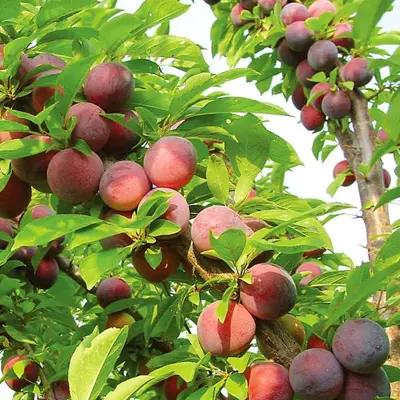



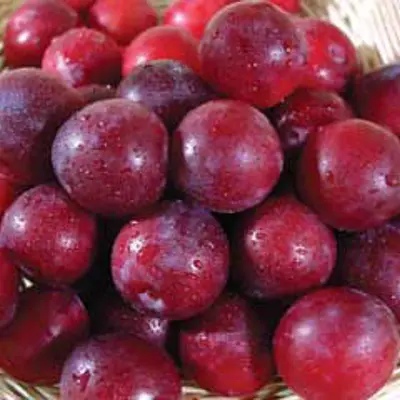

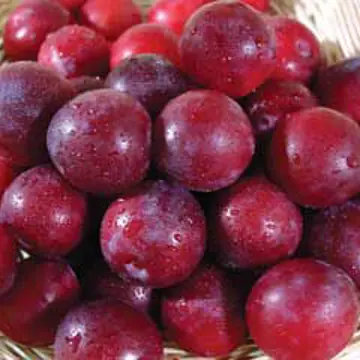

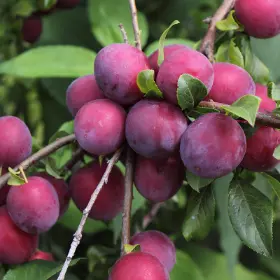


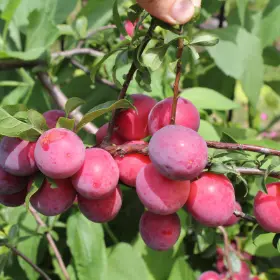


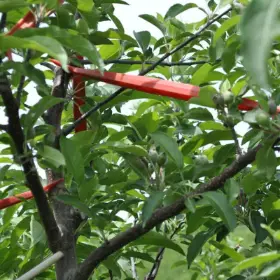
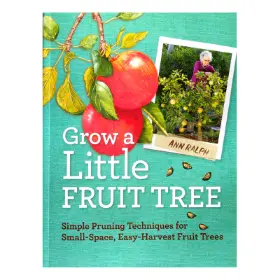
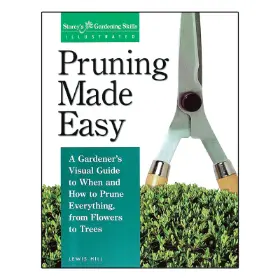
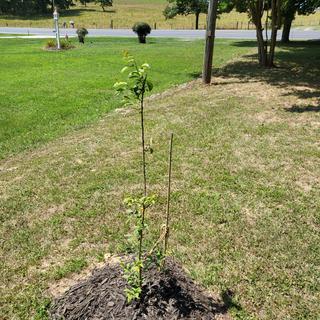
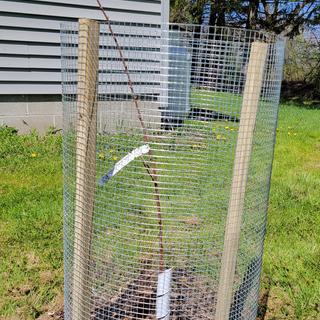
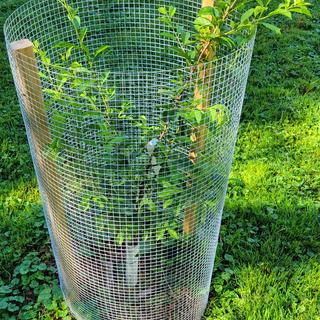
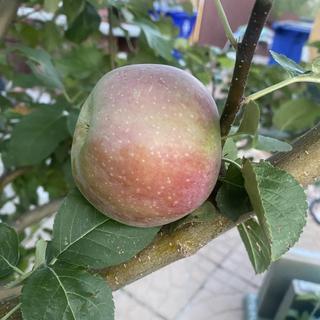

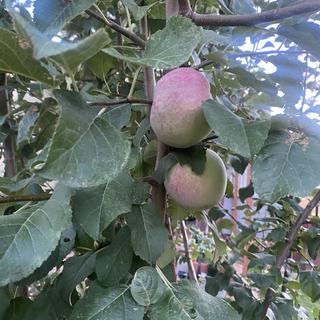
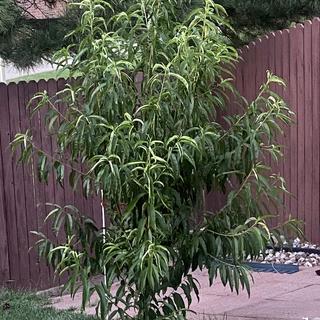
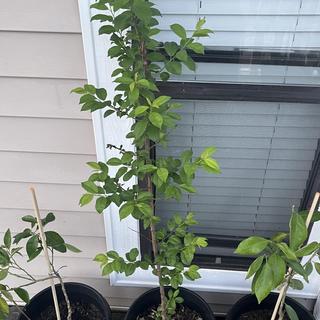
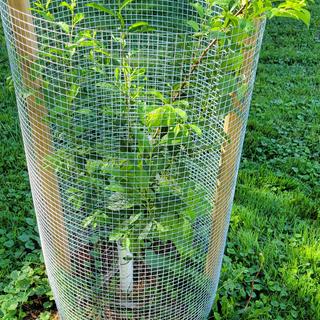
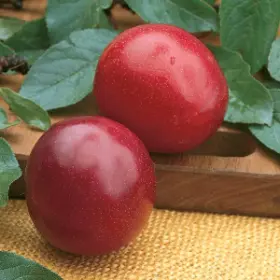
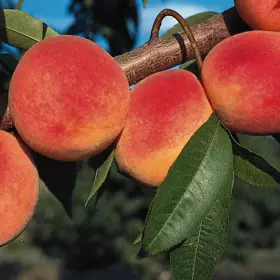
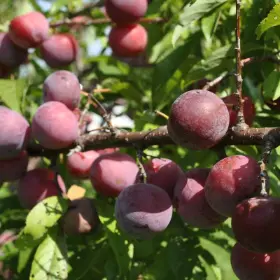
Got fantastic yeilds from my 4 year old methley then had to move !! Boo hoo. So getting another
I heard great things about this variety of plum and wanted to try it out since it was also compatible with my growing zone. I tried a Santa rosa plum before but to no avail
Good growing for my area, self-pollinating
Helps pollinate a different variety I have